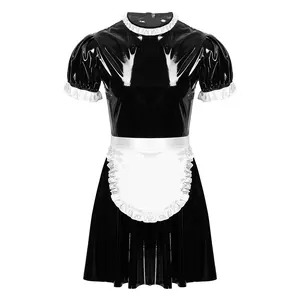The idea that uniforms can break down barriers and positively impact teacher-student relationships is a topic that has been debated for quite some time. Proponents argue that uniforms create a more equal and inclusive environment, fostering a sense of unity among students and minimizing visible differences. This, in turn, is believed to improve teacher-student interactions. However, it’s important to examine this notion critically and understand its complexities.
Arguments in Favor:
- Uniforms Promote Equality: Uniforms can help eliminate outward markers of socioeconomic status, which could reduce feelings of inferiority or superiority among students. When everyone is dressed in the same way, it may contribute to a more egalitarian atmosphere.
- Focus on Individuality: With uniforms eliminating fashion-related distractions, students and teachers might be able to concentrate more on each other’s personalities, strengths, and weaknesses, rather than outward appearances.
- Creating a Sense of Belonging: Uniforms can foster a sense of belonging to a particular school community. When students identify with their school through uniforms, it might also improve their connection with teachers.
- Minimizing Peer Pressure: Uniforms could potentially lessen the pressure to conform to popular fashion trends, allowing students to express themselves based on their interests and personalities, rather than material possessions.
Critiques and Considerations:
- Uniforms Don’t Guarantee Positive Relationships: While uniforms might help mitigate certain external differences, they don’t automatically ensure positive relationships. Effective teacher-student relationships are built on trust, mutual respect, and effective communication, which extend far beyond clothing choices.
- Uniforms Can’t Address All Barriers: Socioeconomic and cultural differences go beyond clothing, and uniforms might not fully address the underlying factors that contribute to barriers in teacher-student relationships.
- Individuality and Expression: Some argue that uniforms can stifle students’ individuality and self-expression. This might hinder students’ ability to feel comfortable and confident, potentially affecting their interactions with teachers.
- Addressing Deeper Issues: To truly break down barriers in teacher-student relationships, schools need to address systemic issues such as bias, cultural understanding, and teacher training. Uniforms, while potentially helpful in some contexts, don’t address these deeper challenges on their own.
In conclusion, while uniforms might have some impact on breaking down certain barriers, their influence on teacher-student relationships is limited. Positive relationships are built on a foundation of respect, understanding, effective communication, and supportive school environments. Uniforms can be part of a larger strategy to create a sense of unity and equality, but they are not a guaranteed solution to complex interpersonal dynamics.
























